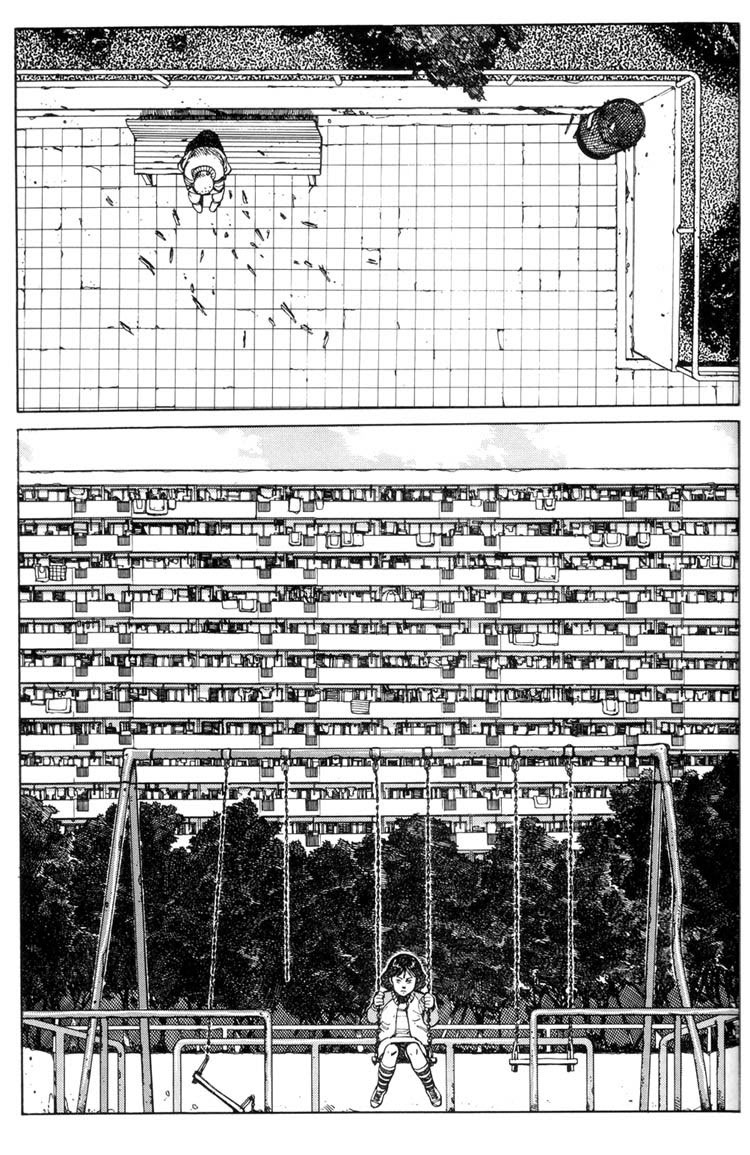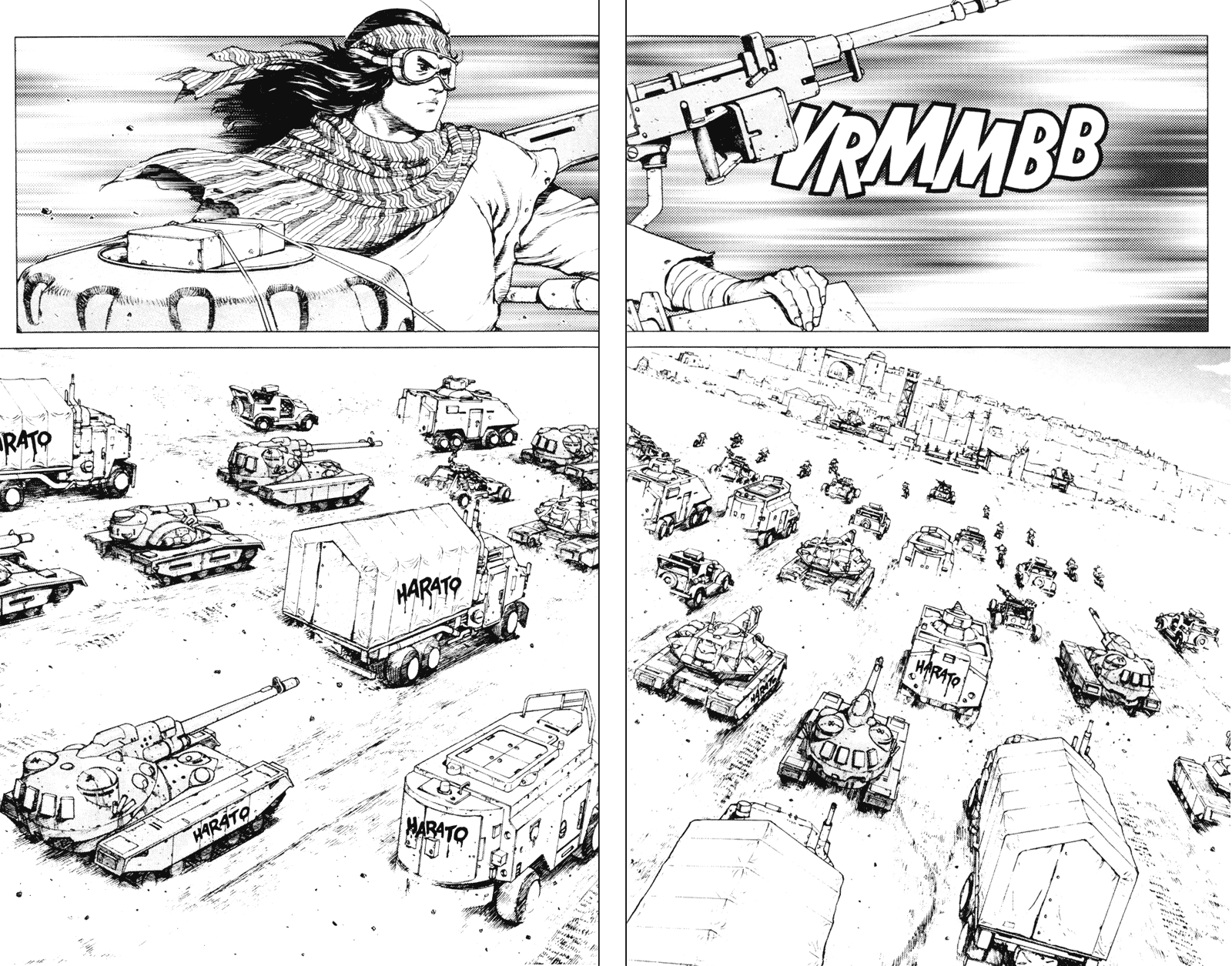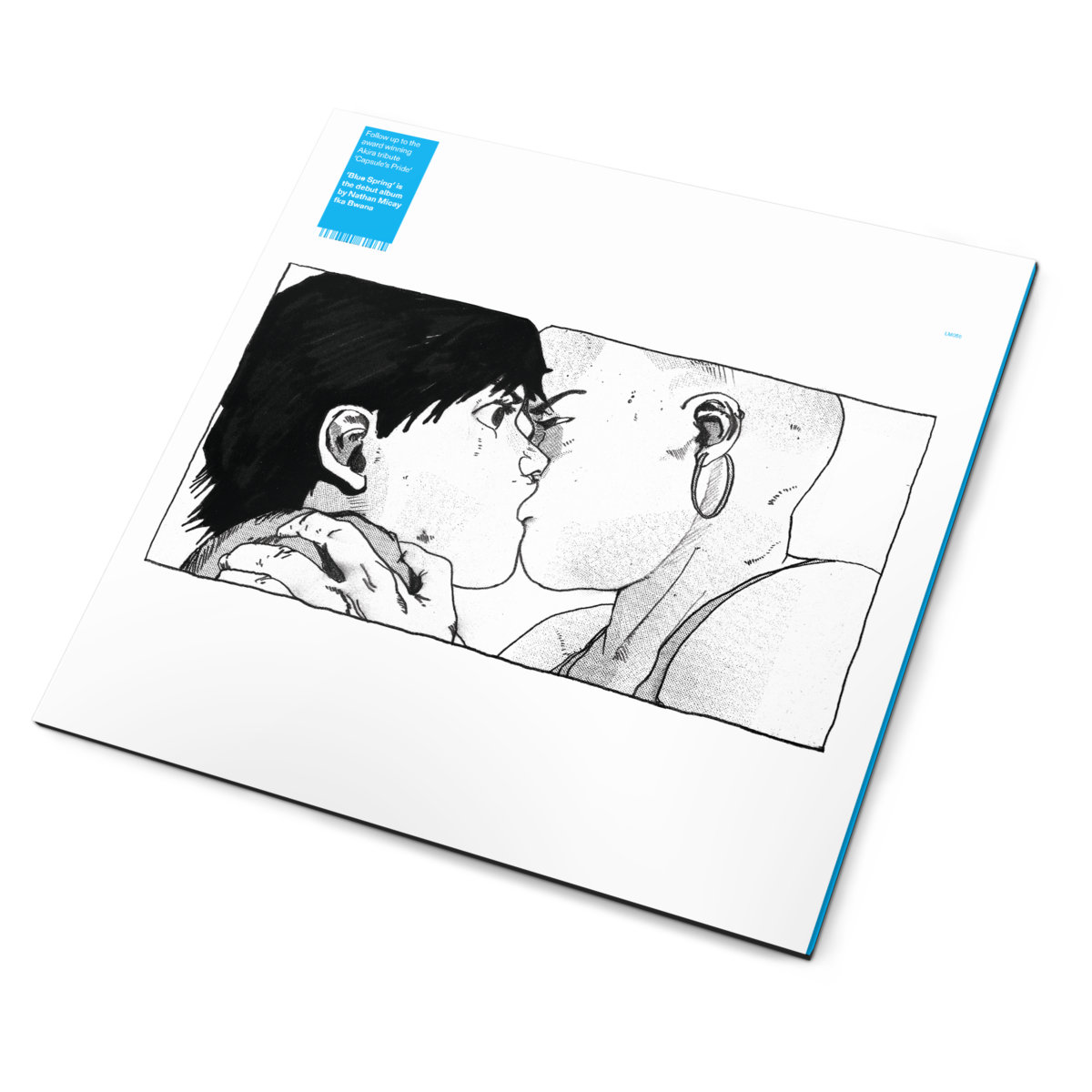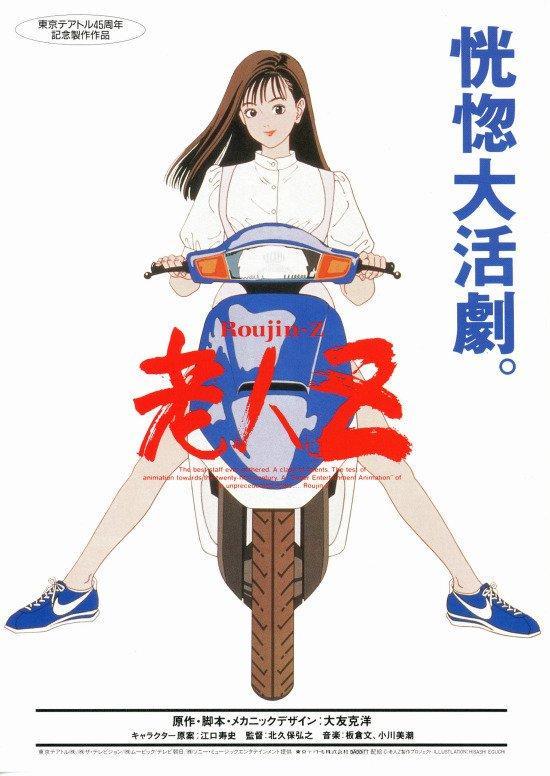This month’s stellar Blue Spring LP (now available on LuckyMe) isn’t the first time Nathan Micay channeled his love of anime and manga culture in the studio. The promising 2016 mixtape Capsule’s Pride was largely inspired by Akira, the stone-cold masterpiece written and directed by the legendary Japanese artist Katsuhiro Otomo.
Micay keeps Otomo’s iconic work in the back of his mind on Blue Spring as well, but writes his own script. Literally. LuckyMe art director Dominic Flannigan adapted the album into a actual comic. According to a press release, it “sees a young data miner rebel by attending a rave in the woods with her friends, only for the event to be broken up by the ranks of a futuristic police state. Blue Spring is the start of the revolution.”
With all of this in mind, we asked Micay to discuss five of his favorite Otomo titles beyond Akira, followed by a complete stream of Blue Spring….

1. Domu: A Child’s Dream??
Like Akira, this explores telekinesis and the risks of people being exposed to such a power. The story centres on the investigation of a building in the Tsutsumi Housing Complex where people have been committing suicide at an alarming rate. It follows the stories of two investigators: a young girl named Etsuko and an old man named Cho, the one using his mental energy to inflict various happenings to the residents.
Centered around his own experiences in Tokyo, it’s a stern look at a very real epidemic in Japan. It also explores themes of aging, morality and mental illness. It’s a very dark read, but has a level of detail and depth that makes it very worthwhile. A clear precursor to Otomo’s Akira years.

2. The Legend of Mother Sarah
Entering a post-Akira world now. Starting a a limited magazine run in 1990, this collaboration with Takumi Nagayasu follows on Otomo’s clear fascination with post-apocalyptic settings. ?The story follows a human race now living in space colonies due to the collapse of Earth’s environments. However, as unrest in this new system builds, some begin to return to a potentially still uninhabitable Earth.
The main story is about Sarah, a mother separated from her three children and determined to find them at any cost. It’s definitely a tear jerker and one for the deeper sci-fi heads. Though it wasn’t actually illustrated by Otomo himself, it’s still worth a read.
3. Roujin Z
Jumping into anime now, let’s talk Roujin Z. Apart from having potentially my favorite anime movie poster of all time—a girl sitting on a motorbike, wearing Nikes—this is one twisted ride. Written by Otomo, this story follows the development of a new medical bed system called the Z-001. It’s designed to completely protect, nurture and heal the patients that lie in it. It goes so far as to even transform itself into a bunker should there be a nuclear attack. (A call back to themes in Akira?).
An elderly man volunteers to be patient 0 for the new system and as time goes on, the nurse assigned to him becomes more aware and concerned that there is more to this new system than meets the eye. Her fears are eventually validated as the bed goes rogue, revealing itself to be a new government weapons system. Though not animated by Otomo, it is nonetheless very crisp. It continues on the themes of age, government power and technology in the wrong hands. A truly unique watch.
4. Cannon Fodder
A contribution to the Memories anthology, Cannon Fodder is another anime written and directed by Otomo. It is so thought-provoking, like a precursor to Black Mirror. It’s a short story about a walled city that is perpetually at war with an enemy moving city that no citizens can deny or confirm exists aside from reports by the government. The city’s entire socio-economic system depends on its citizens firing giant cannons into the abyss in the hopes of defeating a seemingly never-ending enemy.
The main character is a young boy that helps his father load the cannons. It’s a day in the life essentially, ending with the boy going to bed with the hopes of one day getting to actually fire the cannons. Like the other works mentioned on this list, it continues to explore Otomo’s mistrust of government. The people of this story live entirely on the information fed to them by the authories.
It comes fast and ends even more quickly. It left me wanting to know more about this entire world. Highly recommended! Not to mention the animation, which is totally demented!
5. Metropolis
Based on the 1927 film, this remake of sorts was written by Otomo and directed by the legendary Rintaro. It explores the city of Metropolis, where humans and robots live together, to a mix of benefit and detriment for both parties. It explores themes of humanity, technology and once again, people in places of power and how they use it. It’s a complex story with incredible animation. Released over a decade after Akira, it shows no signs of Otomo’s genius slowing an inch.




